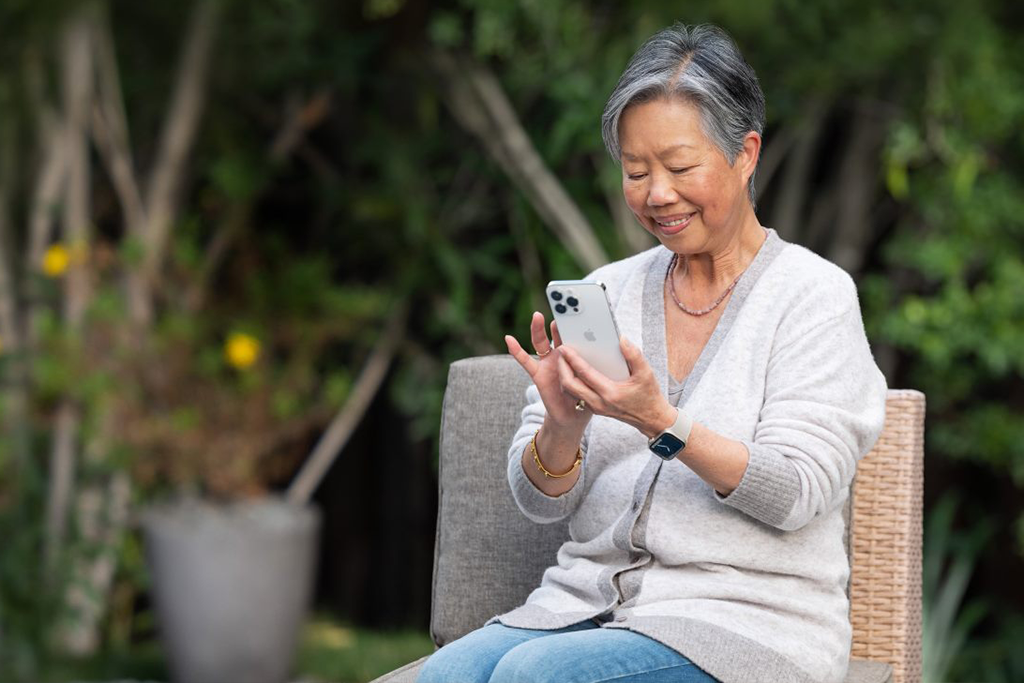Fast, flexible and proven, IQVIA’s industry-leading electronic clinical outcome assessment (eCOA) platform ramps up efficiencies, delivers real-time data, and sharpens insights through best-in-class technology and a better patient experience.
Electronic Clinical Outcomes Assessments (eCOAs) gained new popularity during the pandemic, as sponsors sought more agile tools to help them capture patient data remotely. These digital assessments make it easy for investigators and sponsors to keep track of patient progress outside of the confines of the site environment, and to collect more patient-specific information to support the safety and efficacy of a treatment and its impact on patients’ quality of life.
We predict that the rapid adoption of eCOAs will continue to grow in 2022, as sponsors acknowledge how useful these tools have become in decentralized clinical trial (DCT) settings. Their use will be shaped by the following three trends that promise to make these assessments even more useful in the years to come.
1. BYOD goes mainstream. The cautious adoption of BYOD for eCOAs began in 2019, as sponsors acknowledged the potential benefits of allowing patients to complete assessments on their own devices. As with all tech trends in the pharma industry, it was a slow transition.
The industry spent months verifying that eCOAs could be successfully deployed on any operating system, that the data could be protected on a personal device, and that patients could just redownload the app and continue to record data if they lost or replaced their phone during the trial.
COVID-19 accelerated this trend. By 2021 they were convinced, and BYOD options started becoming more common. Regulators encouraged their use to keep data flowing, patients benefited from being able to use their own devices over commissioned options, and sponsors achieved time and costs savings by eliminating the use of commissioned devices from the trial plan.
Based on current conversations with sponsors planning future trials, in 2022 BYOD will be the new norm. Sponsors may still offer the option of a commissioned device for patients who don’t have other options, but our experience shows that most patients will opt to download the eCOA apps to their own phones.
2. Patient experience will continue to improve. DCTs opened a new avenue for improving patient experience, and eCOAs helped make it a reality. The adoption of virtual models freed sponsors to think about how patients interact with trials, how much time they really need to spend at on-site appointments, and what technology and services can be leveraged to enhance the experience while capturing a consistent stream of quality data.
The use of electronic patient reported outcomes (ePROs) became one of the most popular tools to emerge from this trend. ePROs make it easy for patients to share important trial data, and to use alerts, reminders and other embedded tools to weave the trial into their daily lives. They also provided a valuable tool for sponsors to keep patients engaged while incorporating their personal feedback into the research environment.
We expect the use of ePROs to expand further in 2022, along with the exploration of voice activated ePRO data collection using Alexa-style tools, as well as gamification and reward features to make these personal assessments even more appealing and easy to use.
3. Greater use of passive data. The patient is always the greatest source of truth in a trial, which is why regulators and physicians have been pushing sponsors to include more patient reported data in the research process. But there are only so many surveys and questionnaires they can ask a patient to complete as part of the trial experience. This passive data (aka metadata) gives context to each data item collected. What makes the context so important? It is essential for correctly interpreting what the data collected means.
This is driving some forward-thinking sponsors to consider including passively captured data to the trial plan. These data streams can come from fitness trackers, geolocation apps, and other tools – many of which already live on a patient’s phone.
This data, which is captured automatically with no added burden on the patient, can provide sponsors with valuable complimentary information to determine how trial participants are functioning outside of the clinic. Apps that capture data about sleep habits, mobility, heart rate, room temperature, and geolocation could provide a detailed picture about patients’ quality of life and can add context to ePRO data and clinical results to gain a fuller picture of the patient experience.
In addition, this passive data, when applied to AI/ML based prediction models, could allow us to predict data point such as adverse events and quality of life.
The challenge now is making sure sponsors can safely access and protect that data and use it to benefit patients without compromising their data privacy. We predict that this will be a prominent challenge for healthcare tech companies to tackle in 2022.
It may take several years before voice activated ePROs, and passive data become the norm. But all of these eCOA-related trends are gaining attention and interest from developers and sponsors alike. It suggests that in the not-too-distant future, gathering patient data using eCOAs and related apps will become a seamless and common experience, easily woven into patients’ everyday lives.
IQVIA’s team of eCOA experts will be watching these trends closely to ensure our clients generate the most value from their use in 2022. Reach out to us at ecoa@iqvia.com to learn more about these trends and to talk about your 2022 eCOA plans.
Related solutions
Explore our Frequently Asked Questions (FAQ) page to learn more about general industry eCOA topics and also specific details about our IQVIA eCOA solution.
In these short demo videos, learn more about some of the key capabilities within the IQVIA eCOA platform including how to easily create an assessment, utilize the AI design tool, access automated screenshots and documentation, export/import translations, and view study data and reports.
Technology informed by unparalleled Decentralized Trials (DCT) operational experience and delivered at global scale.
Ease the burden on your sites and make it easier and more appealing for patients to enroll and remain engaged.
Combine data science, technology, and analytics driven by artificial intelligence to support new efficiencies and business insights -- without additional capital investment.





















